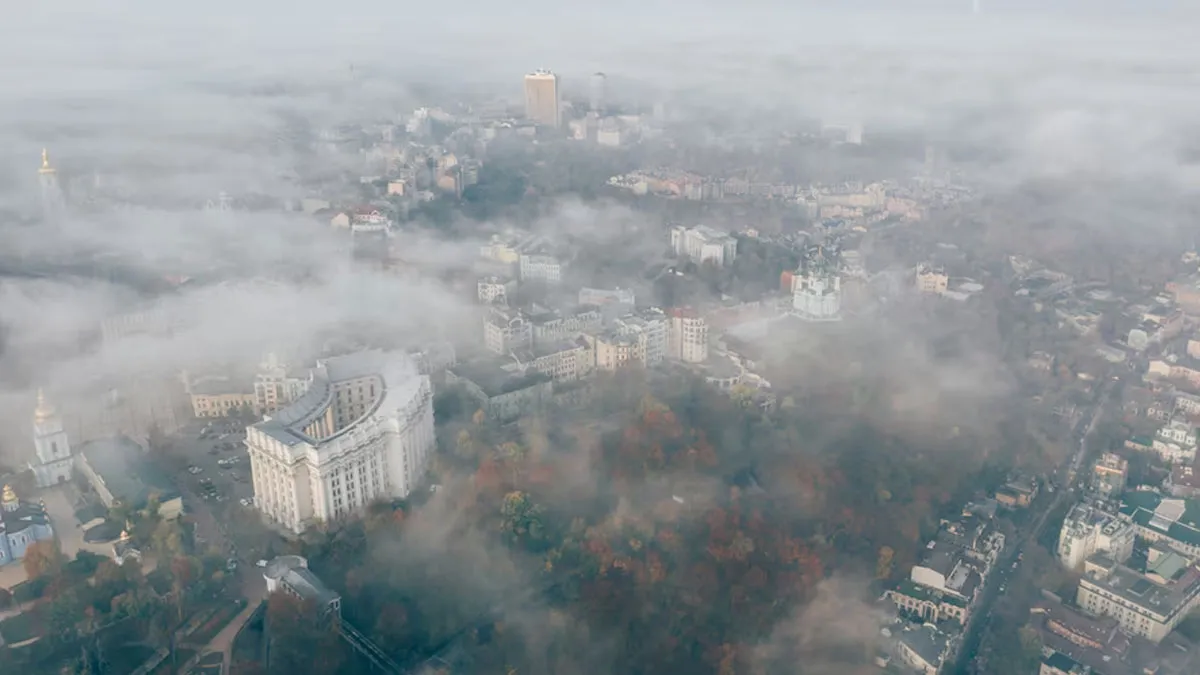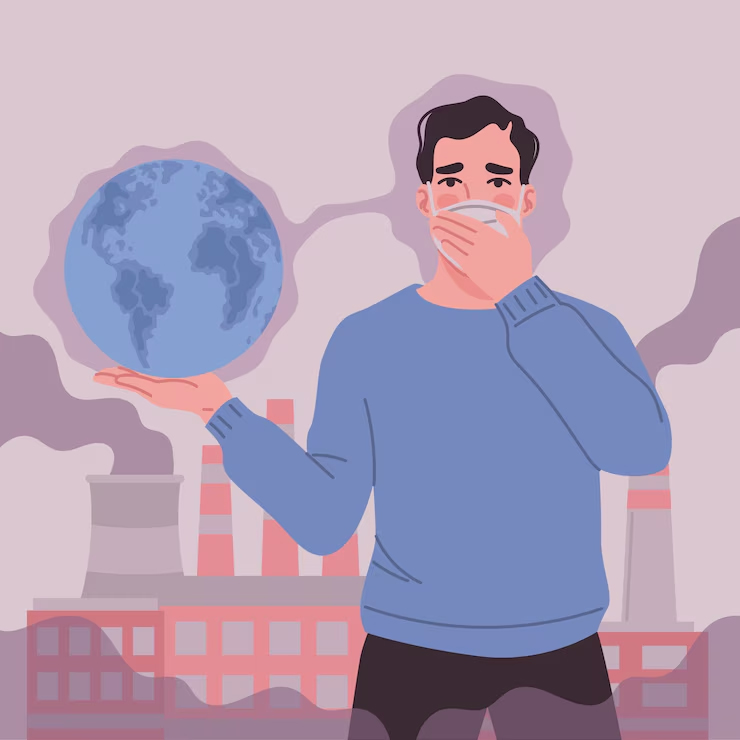
Delhi Air Pollution: Smog And Low Visibility Continue For 15th Consecutive Day; 4 Essential Tips To Stay Safe
A thick layer of smog covered Delhi, Noida, Ghaziabad, and surrounding areas of the National Capital Region (NCR) on the morning of November 13, 2024, significantly reducing visibility. The Central Pollution Control Board (CPCB) reported that the air quality index (AQI) remained in the ‘very poor’ category. Every year, northern India faces severe air pollution from October to January due to factors like low temperatures, dust, vehicular emissions, and crop residue burning, making the region prone to hazardous air conditions.
Smog Causes Low Air Quality In Delhi/NCR Region
On November 13, 2024, Delhi’s air quality index (AQI) reached a hazardous level of 1133, primarily due to PM2.5 pollution. The thick smog, combined with fog and mist, severely reduced visibility, and experts predict these hazy conditions will persist throughout the day, as per BBC.
Since October 30, 2024, the AQI has been in the 'very poor' category, largely due to stubble burning in neighbouring states. According to the World Health Organisation (WHO), AQI readings above 400 are considered 'severe,’ indicating the high risks posed by such pollution levels.
A survey conducted by LocalCircles in Delhi and surrounding areas found that 81 percent of families reported health issues related to pollution in the past three weeks. More than a third of respondents also mentioned purchasing cough syrup during this period, highlighting the widespread impact of air pollution on residents' well-being.
Don't Miss: 5 Simple Tips To Improve Your Indoor Air Quality

The Delhi government has implemented the Graded Response Action Plan (GRAP) to tackle rising pollution levels, which includes banning coal, firewood, and diesel generator use for non-emergencies. However, this hasn't been enough to prevent toxic pollution. As per The Hindu, the GRAP outlines four stages based on AQI severity, ranging from ‘poor’ (Stage 1, AQI 201-300) to ‘severe plus’ (Stage 4, AQI over 450). Despite these measures, Delhi continues to face hazardous air quality.
1
2
3
4
Tips To Save Yourself From Delhi Air Pollution
To protect yourself from the harmful effects of Delhi's ongoing air pollution, here are several important preventive measures you should follow, as per AQI.
1. Avoid Exercising Outdoors
It's essential to refrain from outdoor physical activities, such as running or walking, when pollution levels are high. Increased time spent outside during such conditions leads to higher exposure to harmful air pollutants, which can be detrimental to your health.
2. Wear an N95/99 Face Mask
Ensure that you wear an N95 or N99 mask when stepping out, as these masks provide the best protection against airborne pollutants. The mask should fit properly around the nose and mouth to be effective, if it doesn't seal correctly, it won't offer sufficient protection.
Don't Miss: 6 Morning Detox Drinks That Can Help You Fight Air Pollution
3. Use an Air Purifier Indoors
It’s recommended to have air purifiers in your home, especially for rooms where vulnerable groups, like children, elderly people, and pregnant women, spend a lot of time. These air purifiers can help filter out indoor pollution, providing a cleaner and healthier breathing environment.

4. Plant Air-Purifying Plants
Incorporate plants that are known for their air-purifying properties, such as Aloe Vera, Ivy, and Spider Plants. These plants are not only low-maintenance but also effective in absorbing harmful pollutants and improving indoor air quality. Place them in your home or workplace to naturally reduce pollutants in the air.
By following these preventive steps, you can reduce the impact of Delhi's air pollution on your health and well-being.
Keep reading Herzindagi for more such stories.
Credits: Freepik
Also watch this video
Herzindagi video
1
2
3
4